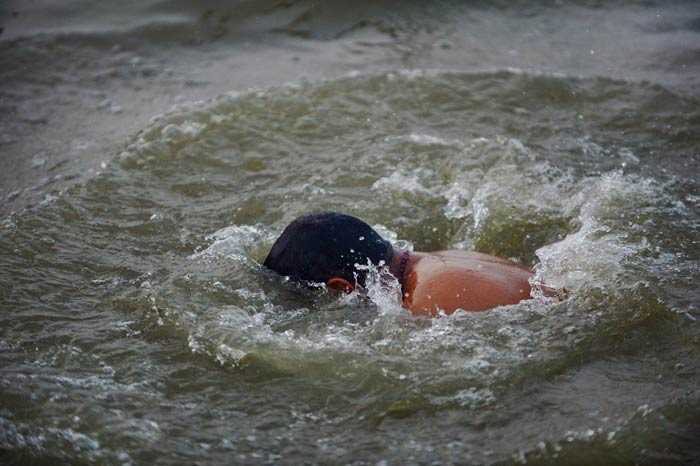The entire period of the mela, taking place in the Hindu month of Magh, is supposed to be good for a dip at the Sangam, the meeting point of the Yamuna, the Ganges and the Saraswati. However, eight specific dates, ascertained through astrology, are considered the most auspicious and hence the most important of all the days.
The first of these was Makar Sakranti on January 14, which was the opening day of the festival. The day saw throngs of devotees immerse themselves in the cold waters of the Ganges at the break of dawn, against the din of conchs, cymbals and thousands of worship bells. This was also the first of the three ‘royal bath’ days or the main days when the sadhus bathe.
The next big day will be January 27, when the Paush Purnima or the full moon night in the Hindu month of Paush falls. It will be the night of the last full moon of winter. On February 6, 2013 is scheduled the Ekadashi Snan. Ekadashi is the eleventh lunar day of either the bright or dark fortnights of every lunar month.
The two most important dates of the entire festival are next. February 10, 2013 (Mauni Amavasya Snan) is the main bathing date of the mela and more than fifty million people are expected to take a dip on that day. February 15, 2013 is Basant Panchami, a festival in its own right which is considered to be the official day spring begins in north of India. These two are other two dates of ‘royal bath’. February 17, 2013 (Rath Saptami Snan), February 21, 2013 (Bhisma Ekadashi Snan) and February 25, 2013 (Maghi Purnima Snan) are the last among the auspicious days.




WeAreHolidays